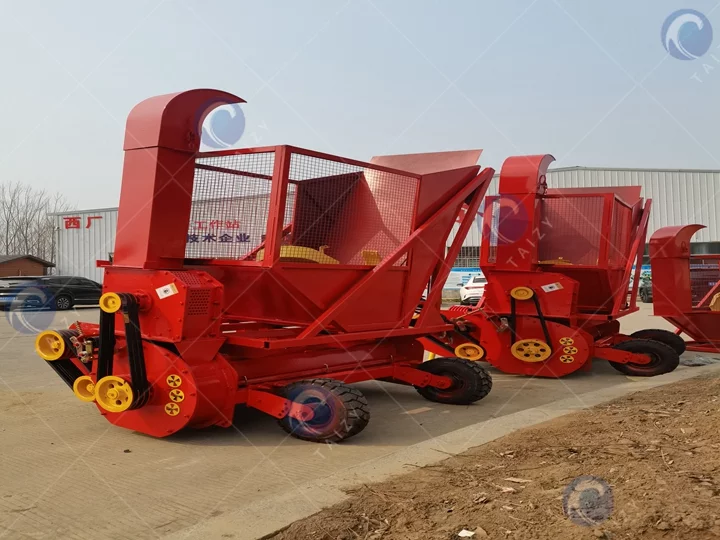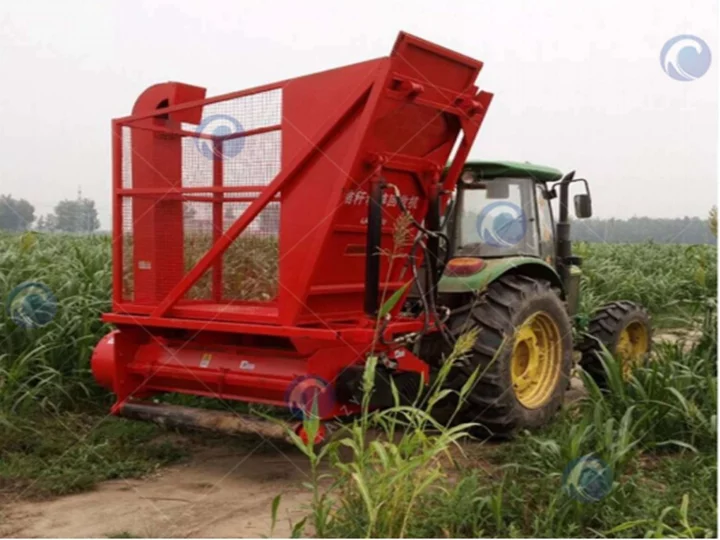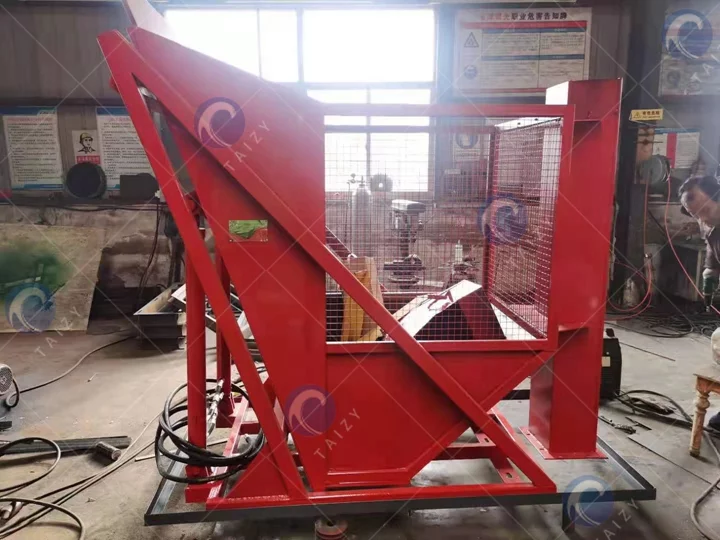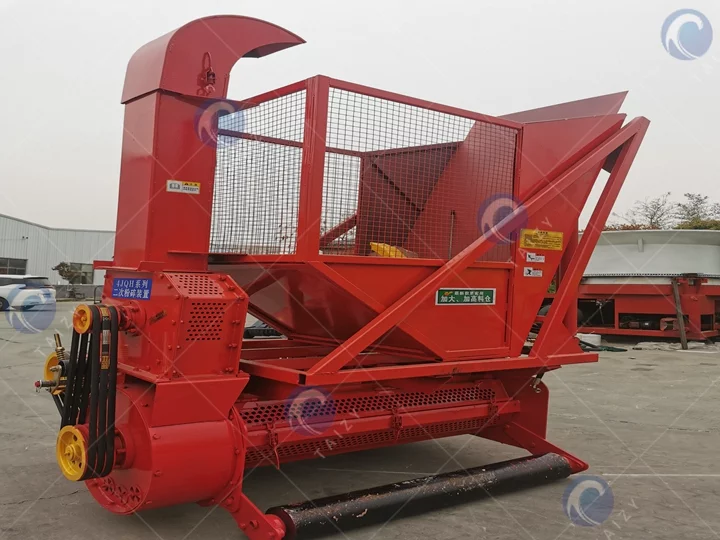
Straw crushing and recycling machine successfully used in Malaysia
Last month, our Straw Crushing and Recycling Machine (GH-400) was shipped to a large livestock farm in Malaysia.
Unlike machines designed for small-scale crop residue collection, the GH-400 is specialized for handling large straw fields, making it highly efficient for farm-scale operations.
Customer background and challenges
The customer owns thousands of hectares of farmland, where corn and sorghum are cultivated on a large scale. Previously, these stalks were often burned or left to rot, which not only wasted valuable resources but also caused environmental pollution.

Machine selection and technical specifications
After evaluation, the farm chose the GH-400 Straw Crushing and Recycling Machine. Key specifications include:
- Model: GH-400
- Engine: ≥60HP tractor
- Dimension: 1.6 × 1.2 × 2.8 m
- Weight: 800 kg
- Harvesting width: 1.3 m
- Fling distance: 3–5 m
- Fling height: ≥2 m
- Length of crushed straw: Less than 80 mm
- Rotating blade: 32
- Cutter shaft speed (r/min): 2160

Implementation and application results
By introducing the GH-400 straw crushing and recycling machine, the farm can now directly process and collect straw in the field. The machine crushes straw quickly and efficiently, then recycles it into high-quality silage feed. This provides several benefits:
- Improved livestock nutrition through fresh, fiber-rich silage.
- Reduced feed costs by maximizing the use of on-farm resources.
- Environmentally friendly farming by eliminating open-field burning and reducing carbon emissions.

Customer feedback
During operation, the GH-400 demonstrated strong adaptability to different field conditions and consistently delivered stable output. The farm manager shared positive feedback, highlighting that the machine not only saves labor but also ensures a continuous supply of feed for cattle and sheep.
This case demonstrates the successful application of the Straw Crushing and Recycling Machine in Malaysia, highlighting its advantages in feed quality, operational efficiency, cost savings, and sustainable farming practices.
